Sound Association Normal Phonics Worksheets for 4-Year-Olds
16 filtered results
-
From - To
Discover our engaging Sound Association Normal Phonics Worksheets designed specifically for 4-year-olds! These interactive resources serve as a perfect foundation for preschoolers to enhance their phonemic awareness and develop critical early reading skills. Each worksheet focuses on matching sounds with letters, promoting letter recognition and sound association in a fun, engaging way. With vibrant illustrations and a variety of activities, children will enjoy learning and practicing their phonics. These worksheets are perfect for parents and teachers seeking to enrich their child's literacy experience at home or in the classroom. Start building a solid foundation for reading today!
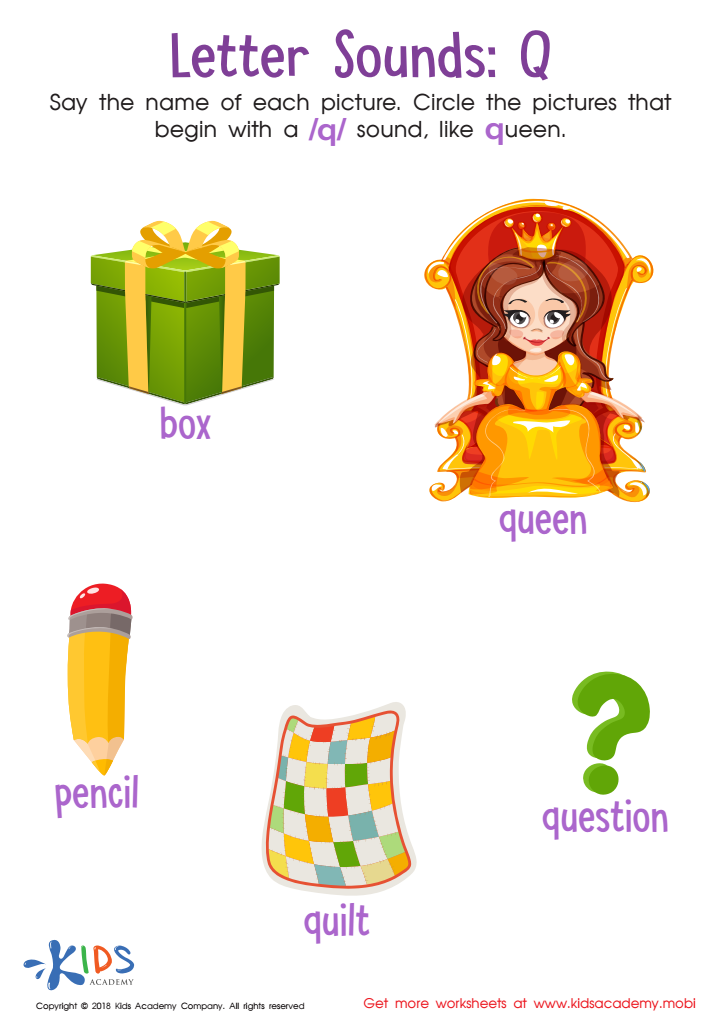

Letter Q Sounds Worksheet


Letter K Sounds Worksheet


Long and Short Vowel Match up Reading Worksheet


Letter P Sound Worksheet
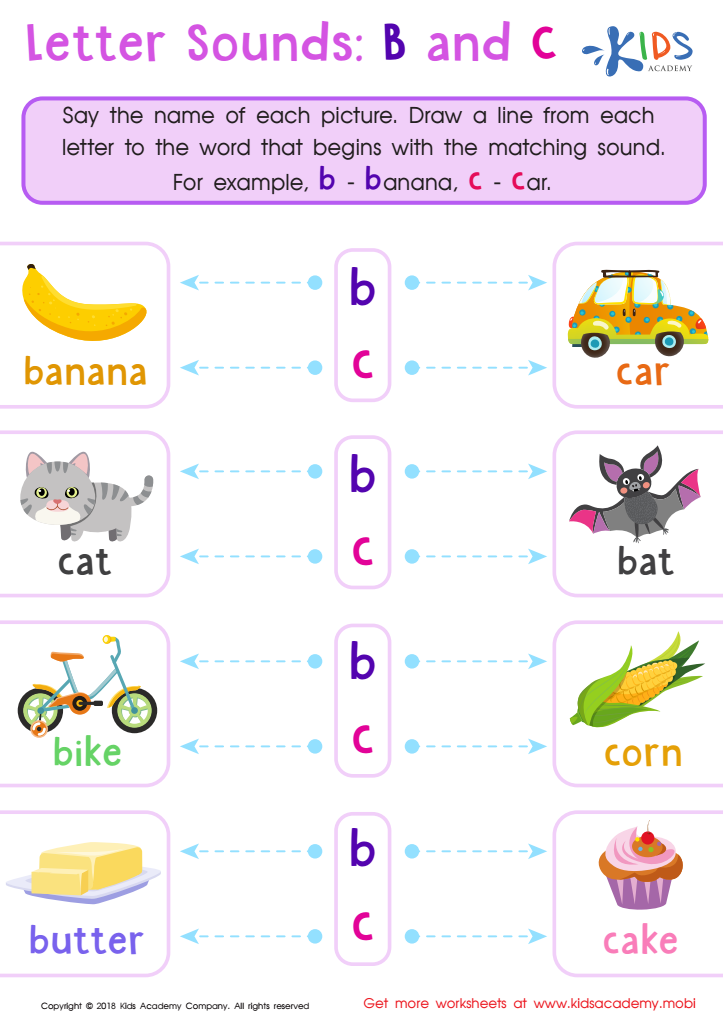

Letter B and C Sounds Worksheet
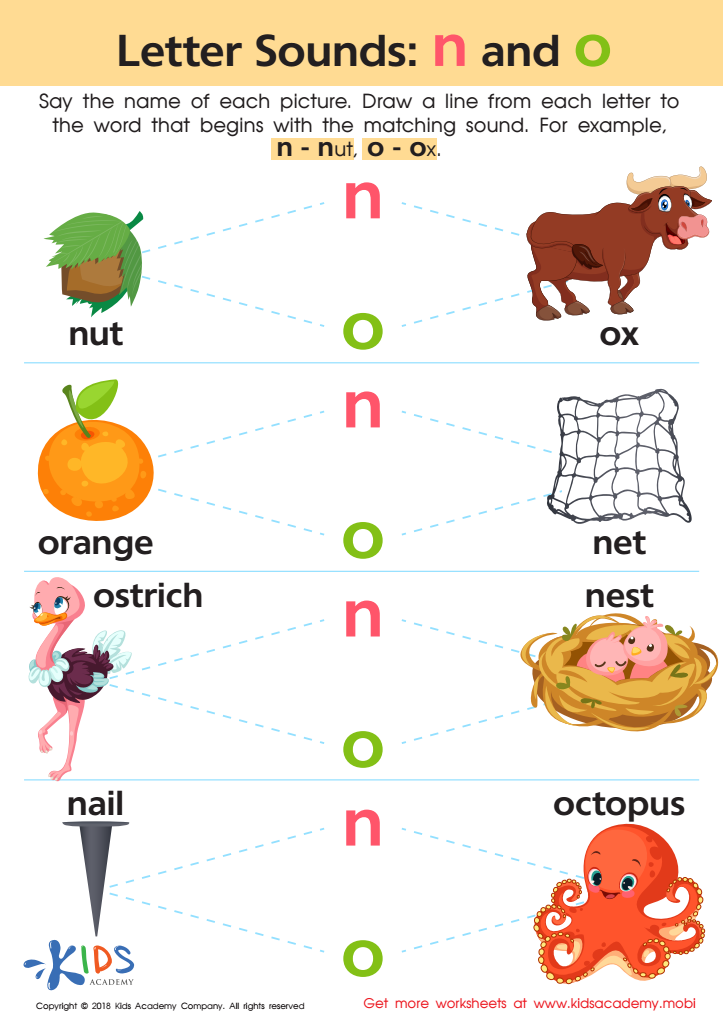

Letter N and O Sounds Worksheet
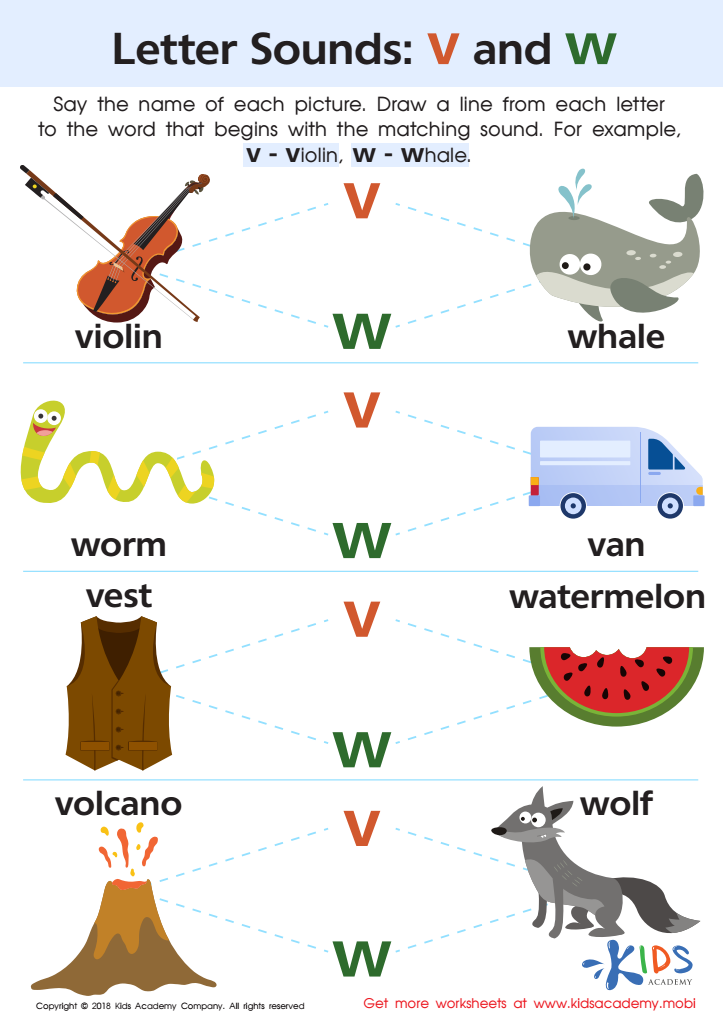

Letter V and W Sounds Worksheet
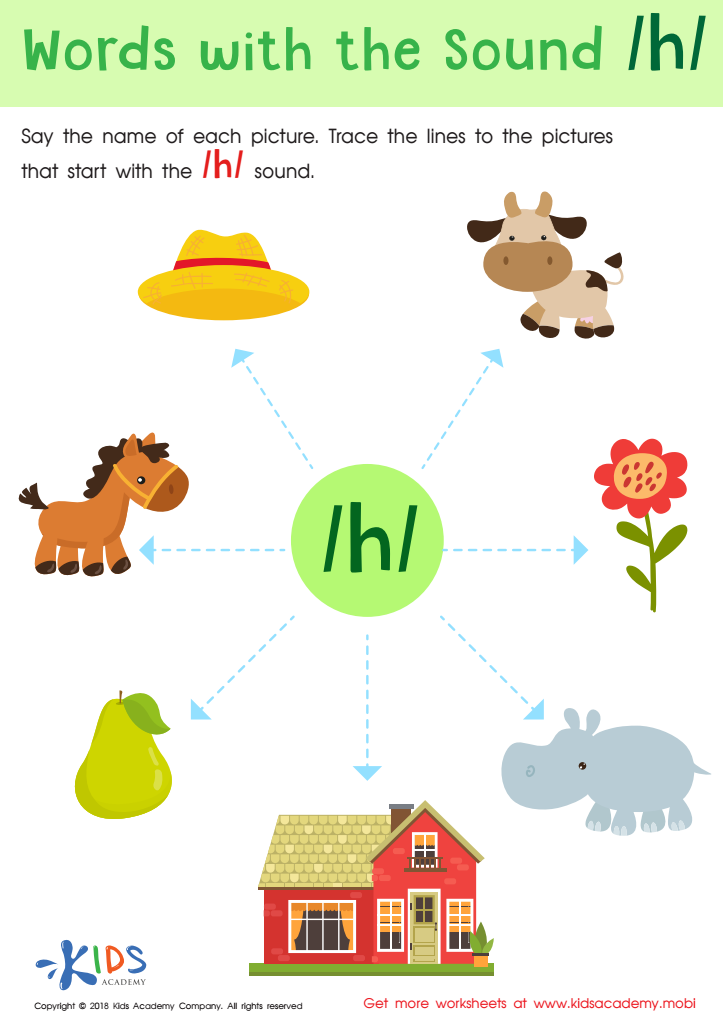

Words with sound h Reading Worksheet
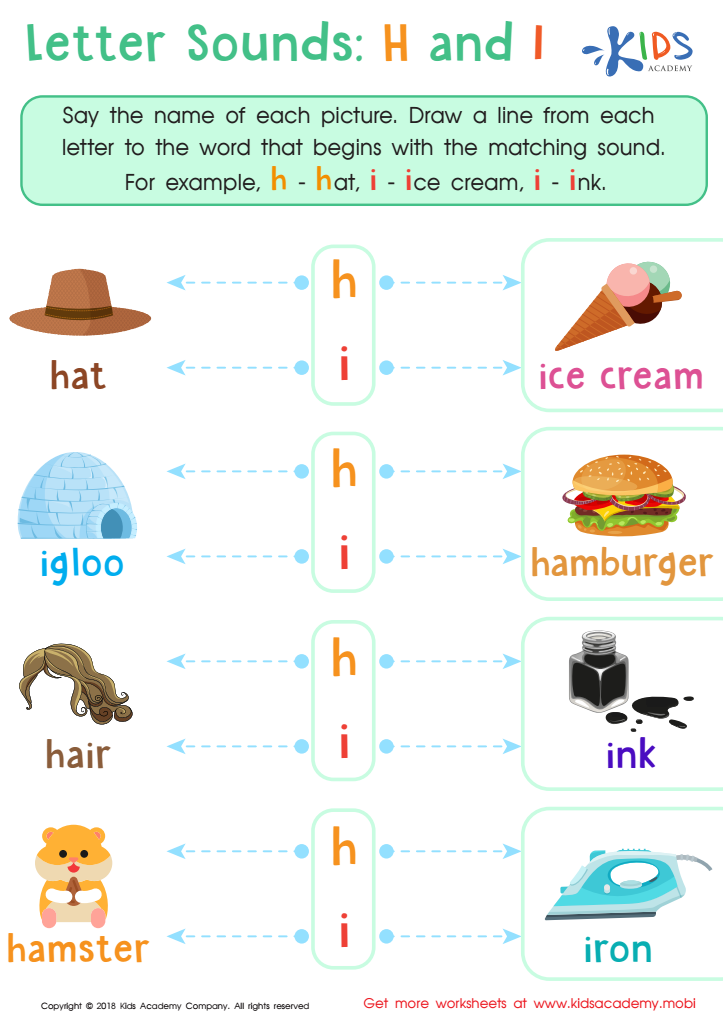

Letter H and I Sounds Worksheet
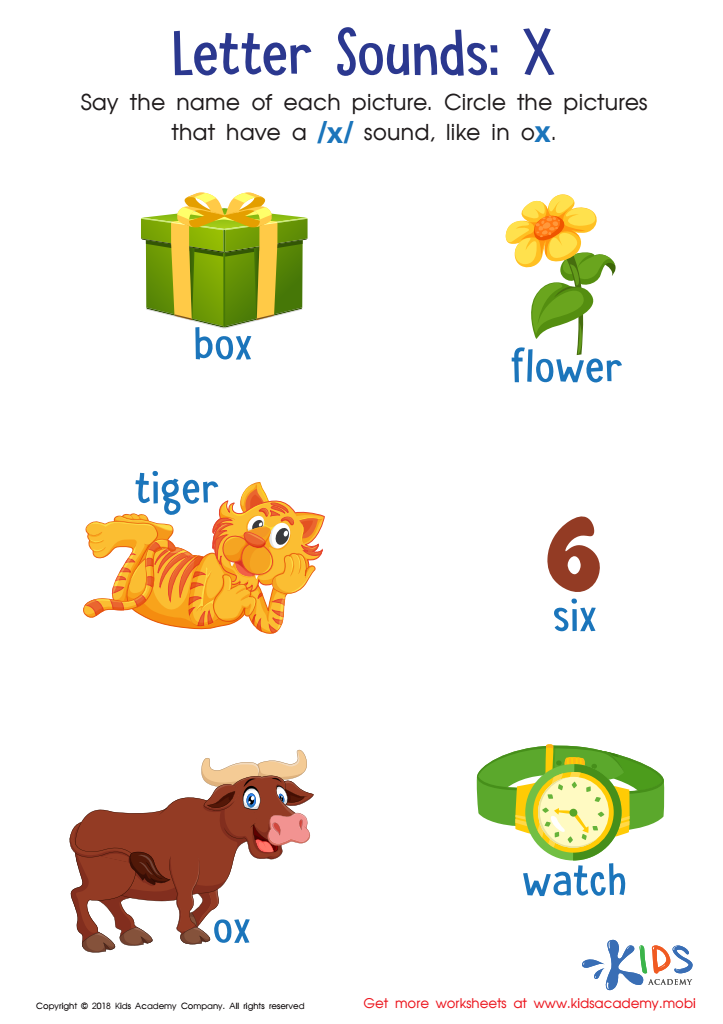

Letter X Sounds Worksheet
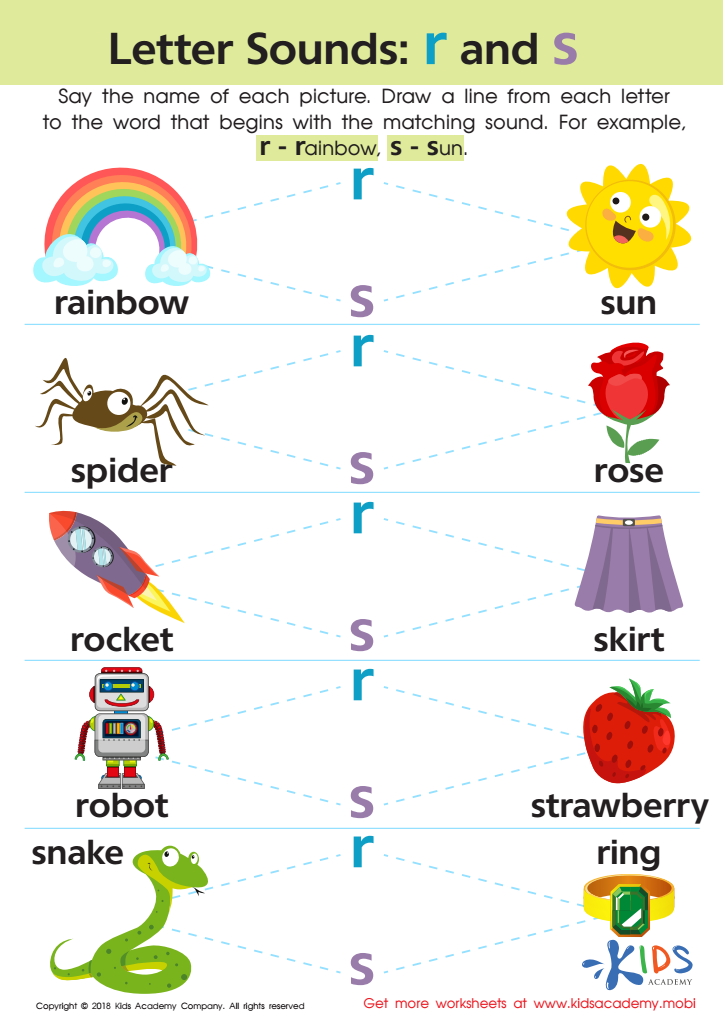

Letter R and S Sounds Worksheet
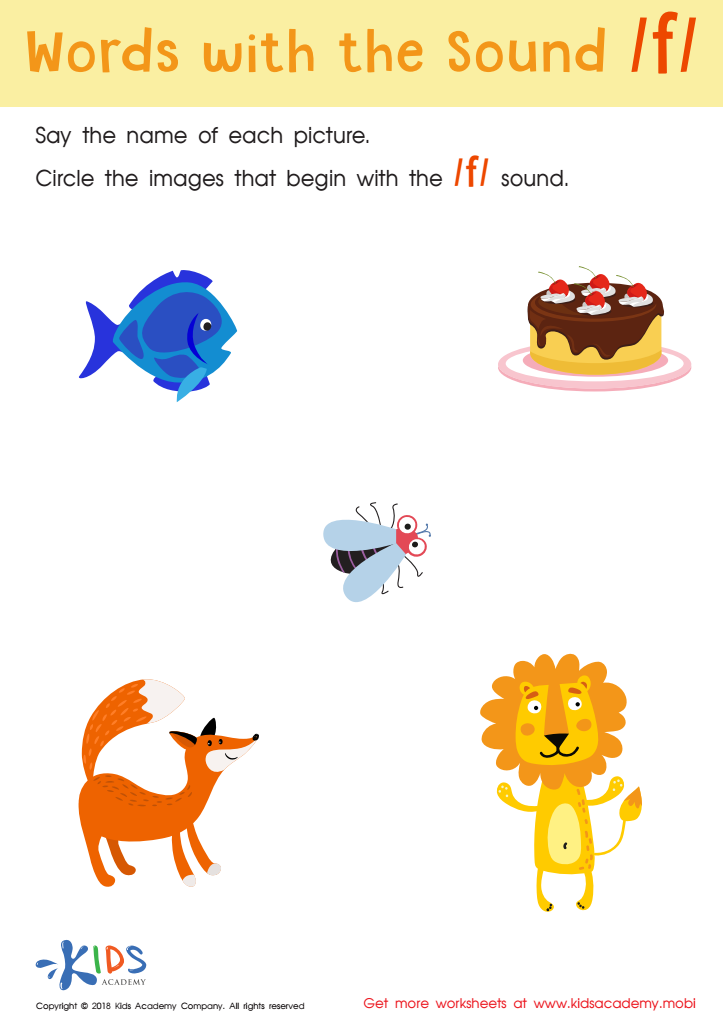

Words with sound f Reading Worksheet


Letter l and M Sounds Worksheet
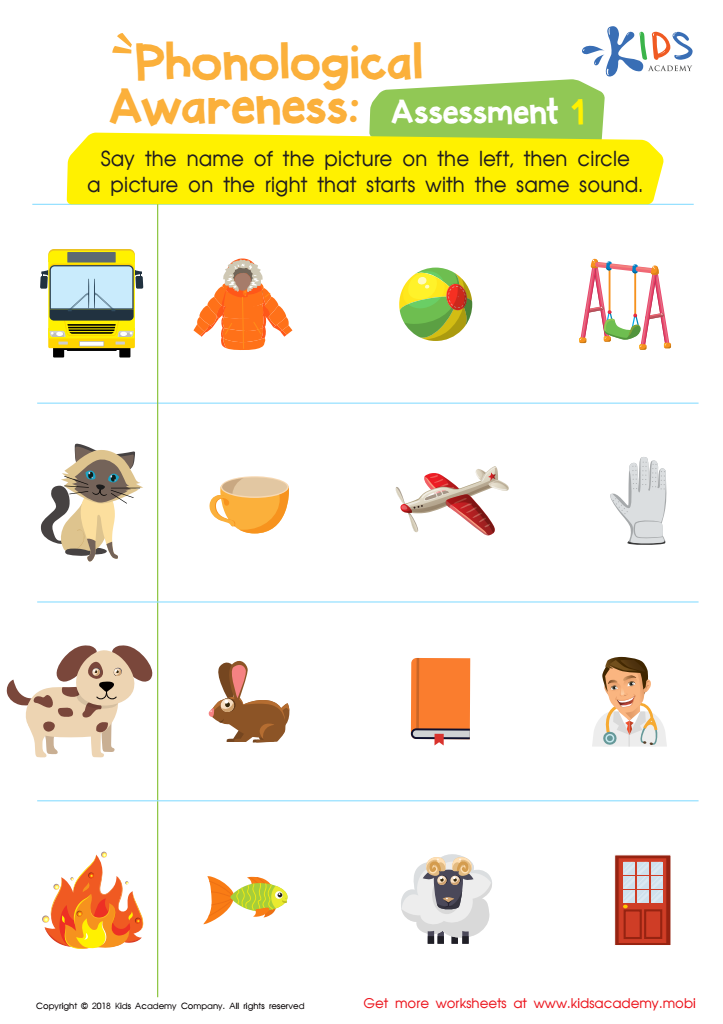

Phonological Awareness: Assessment 1 Worksheet
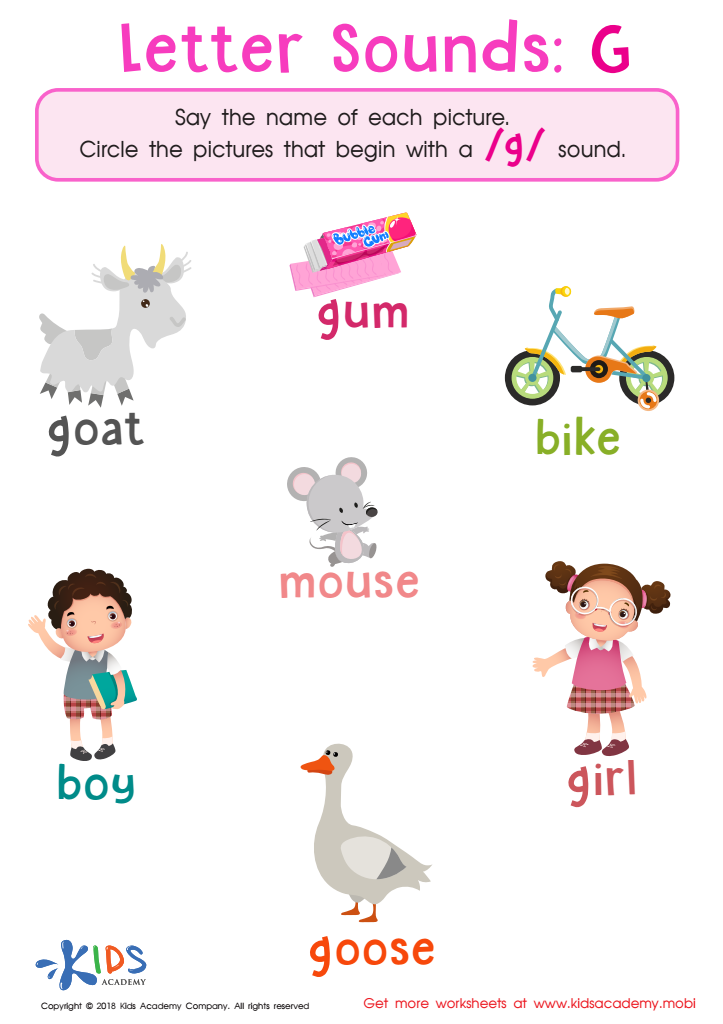

Letter G Sounds Worksheet
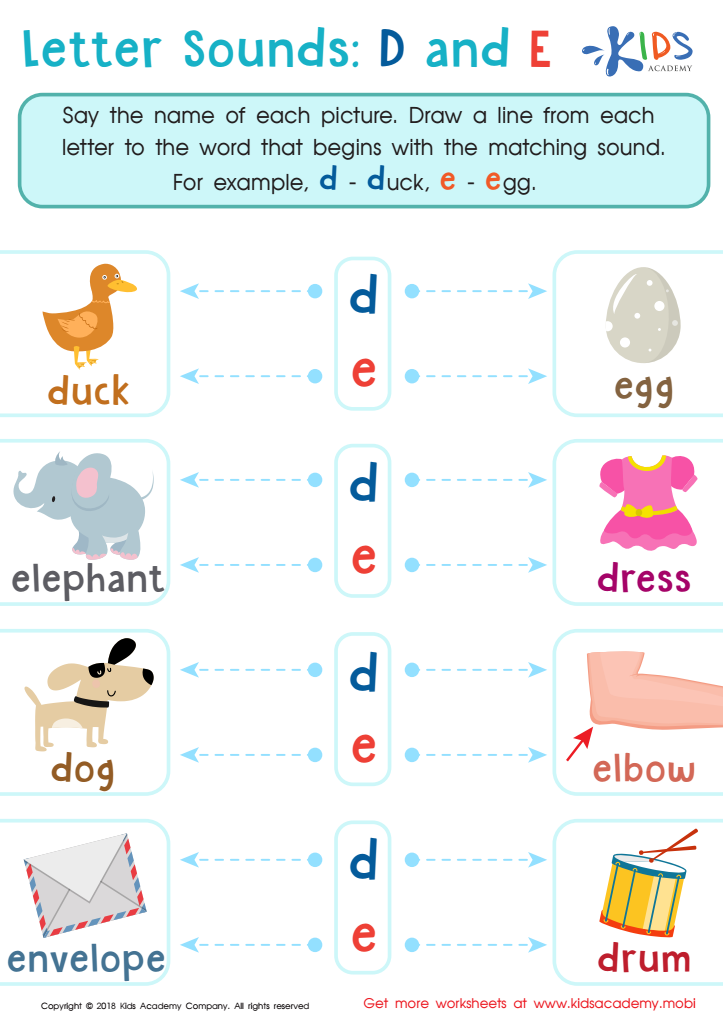

Letter D and E Sounds Worksheet
Parents and teachers should prioritize Sound Association Normal Phonics for 4-year-olds because it lays a crucial foundation for early literacy skills. At this developmental stage, children are eager to explore language, and phonics, particularly sound association, helps them connect letters with corresponding sounds. This foundational skill is vital for reading and writing, as it enables children to decode words and develop a strong vocabulary.
Introducing phonics in a fun and engaging manner, using songs, games, or stories, can boost a child's interest in reading. Establishing these skills early helps reduce future reading difficulties, promoting greater academic success as children progress through their educational journeys.
Moreover, understanding phonemic awareness can significantly enhance a child's confidence in their language abilities, fostering a lifelong love for reading. In preschool, children are like sponges, absorbing various concepts, and, through sound association, they can better express themselves and comprehend the world around them.
By focusing on Sound Association Normal Phonics, parents and teachers collaborate to create enriching environments where early literacy thrives, paving the way for children's overall cognitive and social development. Investing time in these skills now yields substantial long-term benefits for children’s educational experiences.
 Assign to My Students
Assign to My Students














